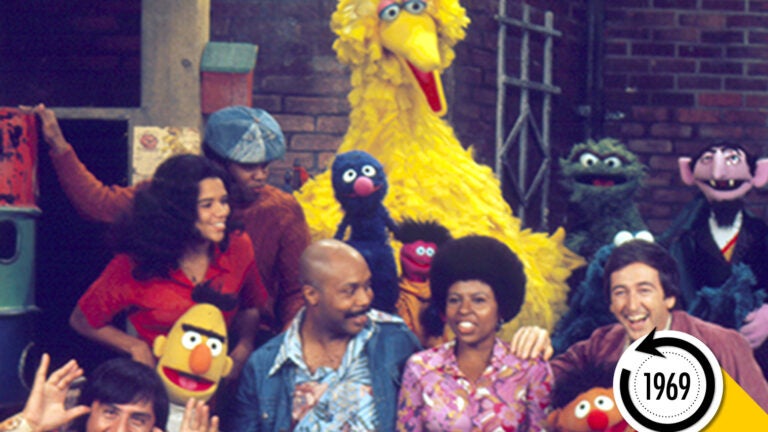
‘Sesame Street’ turns 50: The secret to educational success at TV’s beloved address
The most beloved address on television turns 50 on Nov. 10.
In its half-century on the air, Sesame Street has, through the use of lovable, friendly monsters, taught generations of children how to read, count and care for themselves and others.
Not only have characters such as Elmo and Kermit captured the hearts of young children around the world, but their way of teaching concepts to children has had a significant impact on the fields of child psychology and education.
In their research article “Early Childhood Education by Television: Lessons from Sesame Street,” economists Melissa Kearney and Phillip Levine of the University of Maryland and Wellesley College, respectively, found that kids who had early or easy access to the program performed better in elementary schools in comparison to those who were older when it began airing or lived in places it wasn’t available. Preschool-aged children who were able to watch the show were more likely to start school on time and progress through grades at the appropriate ages. Children who had the ability to attend pre-K saw the same results, making Sesame Street a more accessible and affordable option for children who lived in economically disadvantaged areas.
Henrike Moll, associate professor of psychology at the USC Dornsife College of Letters, Arts and Sciences, studies cognitive development in the first years of children’s lives, particularly focused on how children come to learn that objects can be viewed from different perspectives. She also runs the USC Minds in Development Lab, which studies young children’s cognitive development.
The right way to teach children
Moll believes that Sesame Street got two things especially right when it comes to children’s learning habits: The use of puppets and the way the show engages the child to help create an optimal learning environment.
Moll explained that children are extremely responsive to puppets because puppets don’t give off the same sense of authority that an adult does when it comes to knowledge and understanding, so children feel more comfortable engaging with them. That’s one reason why clinical psychologists frequently use puppets to get children to open up about sensitive topics.
Sesame Street’s approach of directly addressing the child during the show is another way the program has been able to impact children so significantly. Moll’s own research has shown that children largely learn in a participatory manner.
“The way they … learn most effectively is when you engage with them directly so that they have the feeling that they’re participating in something larger, that they’re having a conversation with the person,” Moll said.
Others matter, too
As a viewer of the show growing up, Moll described Bert and Ernie as two characters that really resonated with her. Being the most human-like puppets on the show, they teach children about individual wants and needs and how people can work together to live harmoniously.
Moll noted that Cookie Monster also offers an interesting lesson about self-control and self-guidance, something that is extremely valuable at the preschool age.
“They want to be like these characters enough that they learn from them,” said Moll. She explained that children see the Sesame Street puppets as similar enough to themselves that they are willing to accept lessons from them. If a child perceives someone as too different from them, they may resist being taught.
By creating a learning environment like Sesame Street, the show also offers lessons in diversity and otherness. Moll believes that all of the people and creatures that live on Sesame Street — characters of many different ages, colors and genders — can teach children the importance of respecting all different types of people. She notes that the creatures are just human enough to show children that life comes in all shapes and forms and colors.
“These are all people that you equally respect and can have conversations with and that are worth your attention equally across the board,” Moll said, “and I think that’s something children can learn.”
Moll explains that Sesame Street has created a model where learning becomes a byproduct of children engaging with these friendly monsters, and that education happens in the midst of life and human interaction.
“There’s a genuine sort of friendliness and mutual respect among all of them, and I would certainly hope that this is something that the children pick up on.”